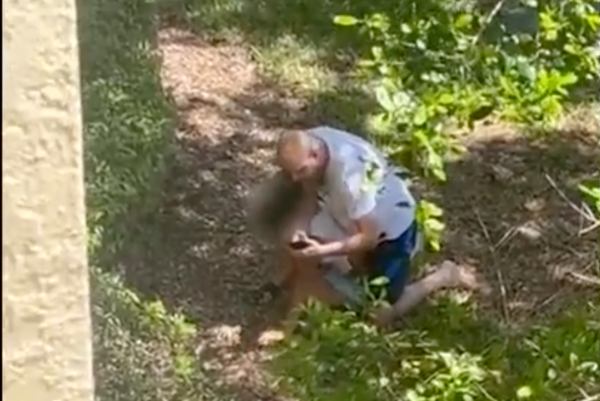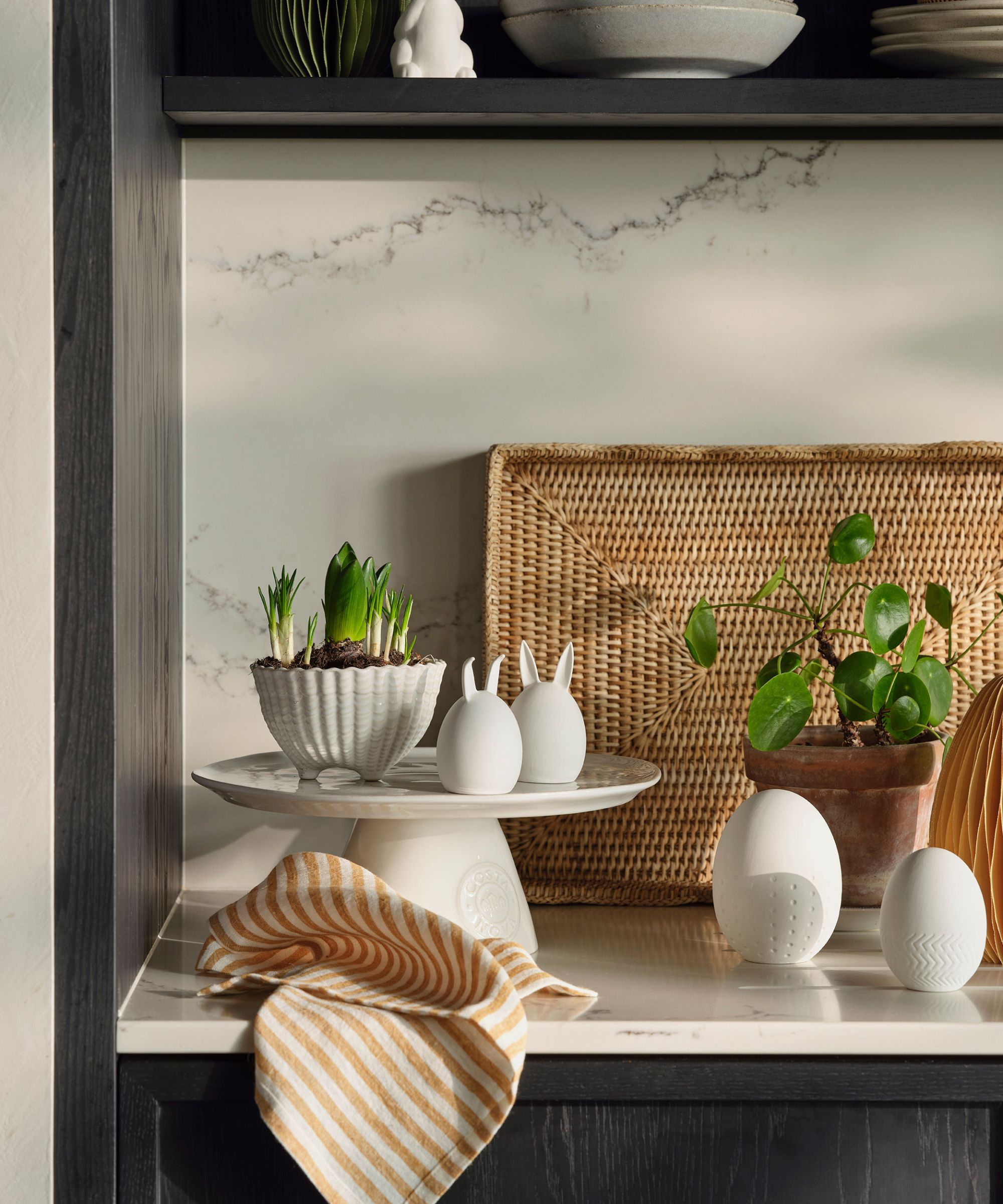
Lent can look different for everyone, but the goal remains the same: reflection, self-discipline, and ultimately, renewal.
Whether you've chosen to give up a vice for the next 40 days or decided to focus on gratitude and mindfulness, why not also take on a Lent decluttering challenge? It’s a great way to reset your home environment and refocus on what is most important to you before Easter.
Here, professional organizers share some decluttering tips to help you refresh your space, get rid of items that no longer serve you, and eliminate bad habits over the next six weeks.
Lent decluttering challenge
Lent offers a great opportunity to refresh our environments, encouraging us to be more mindful and grateful for the items we own.
Audra George, professional home organizer and owner of Pretty Neat explains, ‘Clutter and a chaotic environment are linked heavily to increased stress, mental overwhelm, and heightened anxiety. A tidy home provides space for more peace, less stress and less time looking for things that you know you have but cannot find, and makes a home more relaxing. It also contributes to your overall well-being, as clean and clear pathways make it easier to navigate and easier to clean making your home a healthier place to live.’
Following these expert tips for the next six weeks is a great way to embrace slow cleaning this spring and develop easy habits to keep your home clutter-free. Work slowly through each area of your home each week, using Sundays to rest and rejuvenate before moving on to the next area.

Using a planner and writing down your goals is one of the best ways to set yourself up for a successful decluttering session. This Papier journal comes with daily to-do lists, habit trackers, and goal-planning sheets to help you set targets and foster healthier routines.
Week 1 – Declutter your kitchen

A staple of Lent is foregoing certain foods to help temper self-discipline, so it makes sense to start the Lent decluttering challenge by decluttering a kitchen.
Lauren Saltman, expert home organizer and owner of Living. Simplified. suggests putting food at the top of your kitchen decluttering checklist for Lent. ‘It’s time for a deep dive to declutter a fridge and declutter a pantry,’ she says. ‘It is key to keeping your fridge organized.’
Cut back on any food items you or family members are giving up for the holiday, then work through expired items and food items you do not like or know you will not consume before they expire.
Lauren adds, ‘You’ll be doing yourself and your family members a favor, and you’ll make room for the items everyone enjoys eating.’
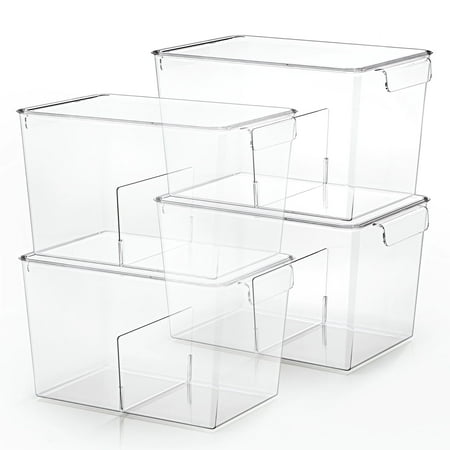
These clear plastic bins help you to see everything in your fridge or pantry at a glance, so nothing is forgotten and left to expire. It also encourages you to keep everything neat and in order.
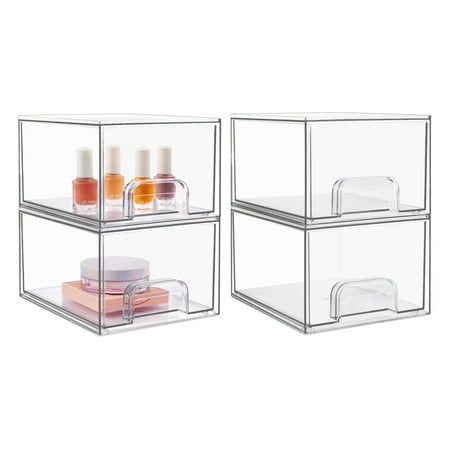
Make better use of vertical storage to save space on shelves by using stacking drawers in pantries to store snacks and packet goods.
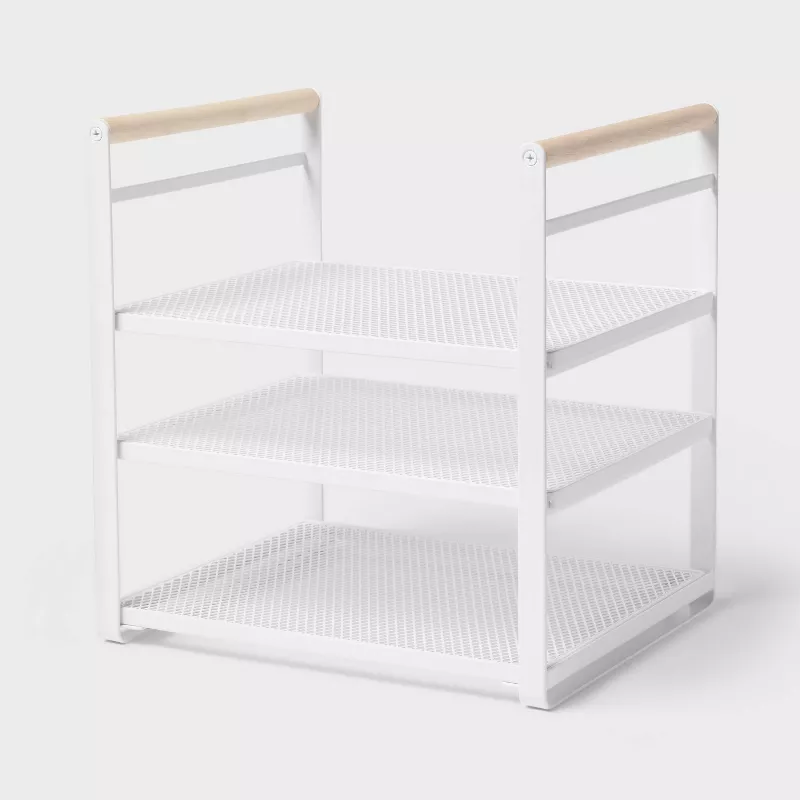
One of the best ways to keep kitchen countertops clear is to use countertop organizers, such as this small shelving unit, to corral essential items you use daily. This makes the items look intentional, reducing visual clutter for an easier-to-navigate worktop.
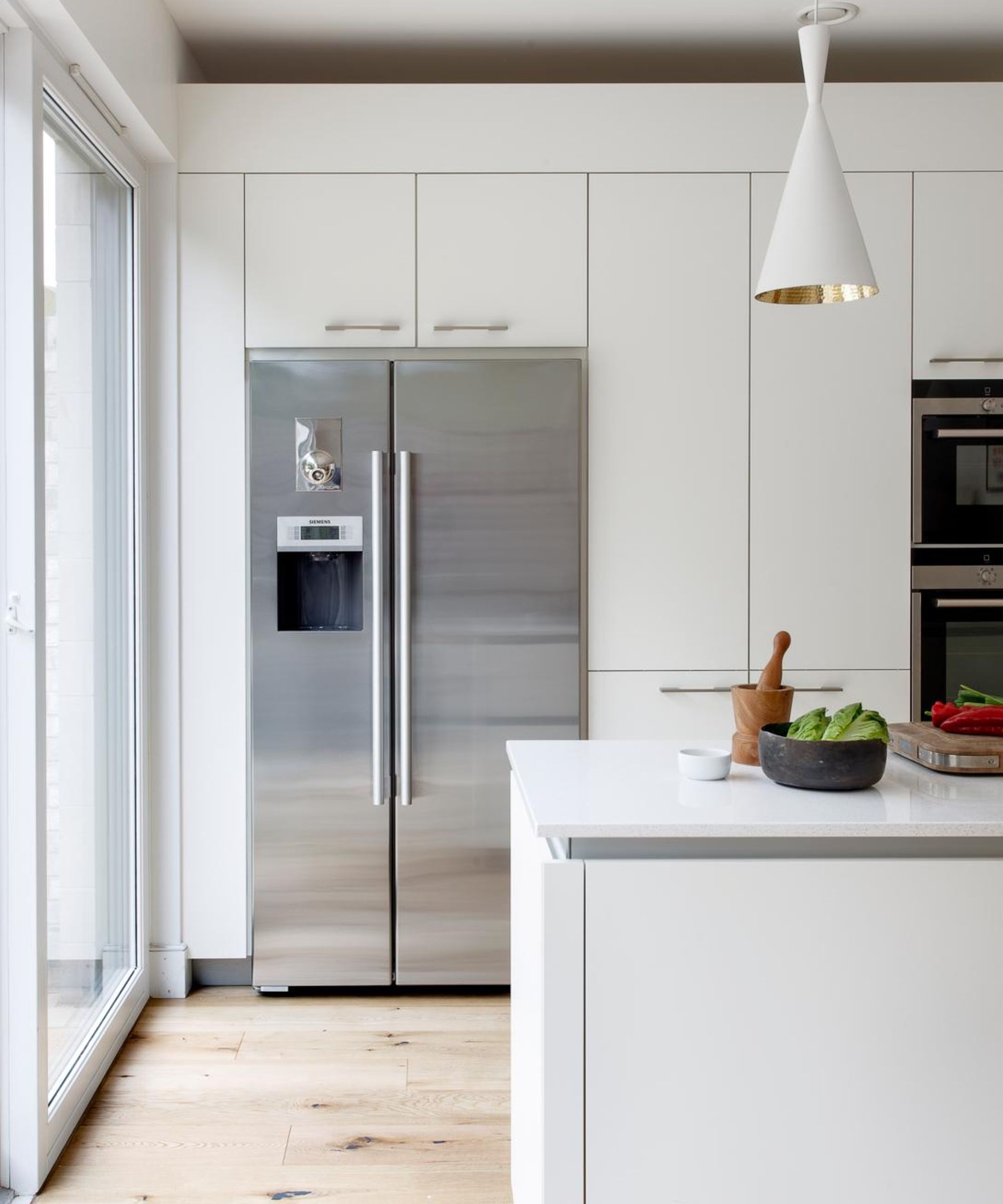
Then, turn your attention to the rest of your workspace. Diane N. Quintana, professional organizer and owner of DNQ Solutions says, ‘Regarding kitchen items, if you have not used an appliance in more than a year – donate it. It is taking up valuable real estate in your kitchen cupboard.
‘Keep the counters as clear as possible. Have only things out that you use all the time – like a coffee maker, toaster oven, and a crockery full of cooking utensils. If the condiments are creating clutter on the kitchen counter consider buying a single or multi-tiered lazy susan. This will contain the loose items and make them look more intentional.’
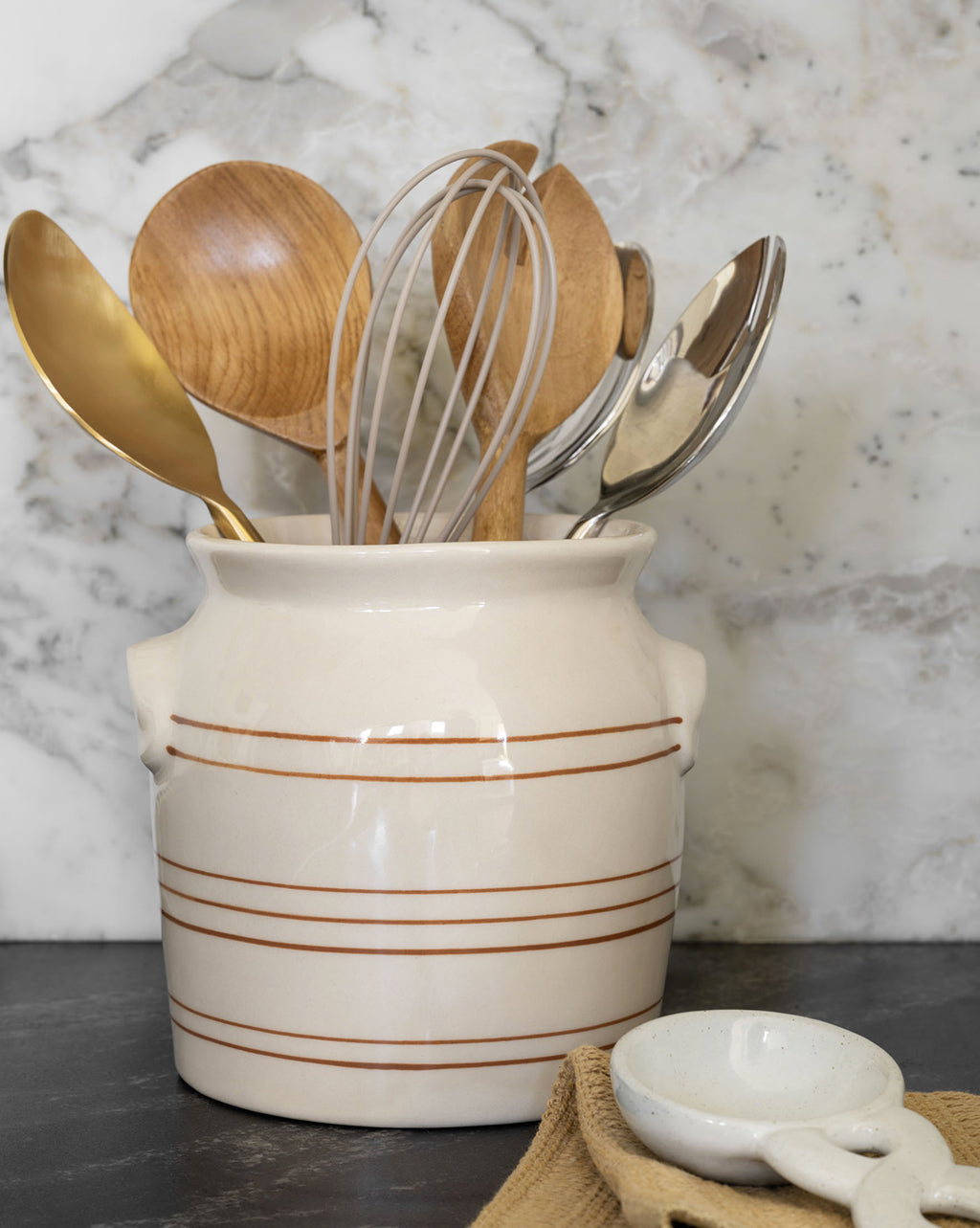
Classic and charming, the Aleph Striped Crock brings elements of timeless simplicity to your kitchen counters. Made of ceramic, its neutral base color is contrasted by simple warm stripes, and its tapered neck adds a subtle artistic detail.
Week 2 – Declutter your living spaces
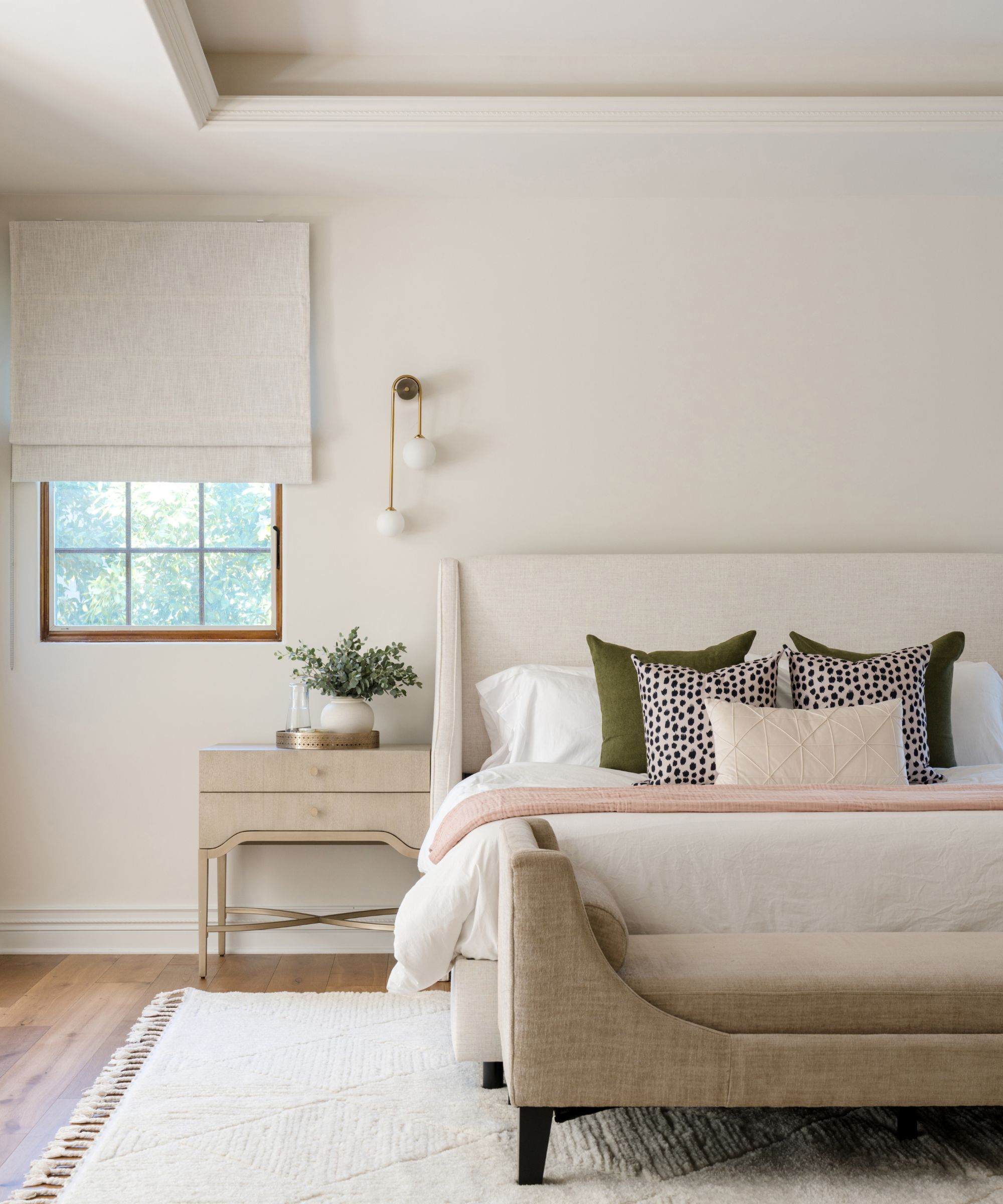
With the kitchen decluttered, move onto the main living spaces, focusing on living room and bedroom decluttering. Over the course of the six days, work from area to area cutting back on items that no longer serve you.
Lena Gierasinska, of Barker & Stonehouse says, ‘Tackling smaller tasks regularly allows you to maintain a sense of control and momentum, rather than feeling paralyzed by the enormity of the job. By addressing clutter incrementally, you’re able to make intentional decisions about what to keep and what to let go, ensuring your home reflects your current needs and lifestyle. It’s a practical way to reduce stress and create a more harmonious environment without the need for drastic upheaval.’
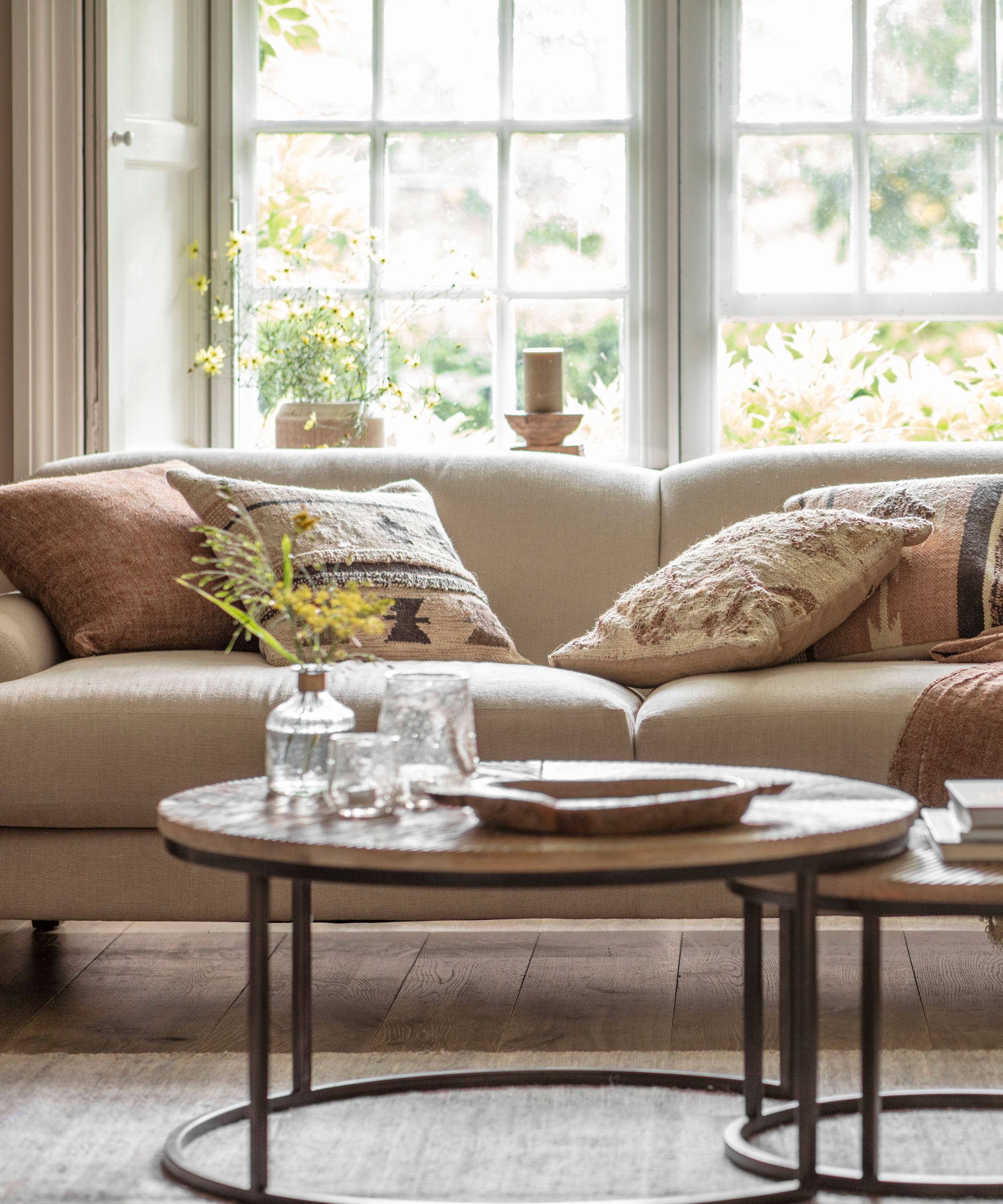
As it is Lent, consider focusing on items that have made you feel guilty in the past, for example, large or expensive items that you bought and hung onto because of the sunk-cost fallacy, items that remind you of bad times, or items that do not align with your current values or personal goals.
Working with the cleaning specialists at Dr. Beckmann, professional home organizer Dilly Carter, founder of Declutter Dollies shared, ‘Decluttering can be transformative, but it’s also very personal. The key is to take it step by step, focusing on what truly adds value to your life now and whether you can see yourself using it in six to 12 months' time.’
Andrea Fefekos, professional organizer at Shelf Care Organizing adds, ‘Base decisions on what is serving you in your life today. Don't base decisions on keeping items that served you in your life previously and certainly don't let your stuff prevent you from looking ahead to the future.’
There are several decluttering methods that can help you with this, such as the pile decluttering method to declutter sentimental items when it feels hard to let go, or the five-second decluttering rule to be more ruthless when decluttering.

Baskets are the best go-to for creating drop zones. Be they in your entryway, living room, or hallway, they can quickly corral clutter making it easier to put away at the end of the week.

Keep out-of-season soft furnishings and clothing stowed away in vacuum storage bags to minimize their footprint in your home storage ideas.
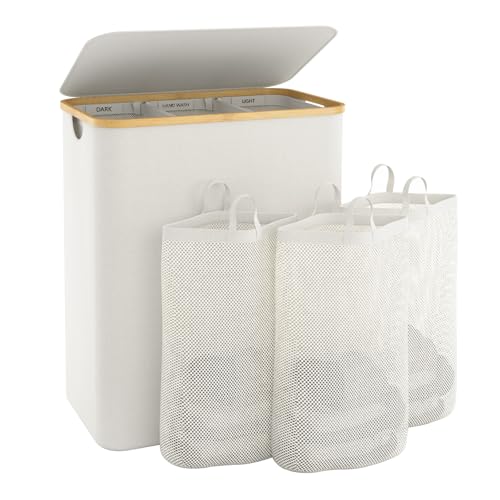
This extra-large laundry hamper is perfect for busy households, with three removable bags to make sorting laundry super simple, while preventing clothes clutter in bedrooms and bathrooms.
Week 3 – Clear out clothing

Clothing can be one of the most difficult categories to declutter, so consider dedicating a week to cutting back on garments from all over the house – decluttering closets, including entryway closet ideas, as well as seasonal storage areas.
Punteha van Terheyden, head of Solved, says, ‘Clothing can be a real burden, especially when many of us feel guilty about items that no longer fit or align with our current style. To feel refreshed after Lent, try using the Post-It Note decluttering method to label items either keep, try on, or get rid of, helping you make more informed decisions about your wardrobe.' This three-pack of Post-It Notes from Walmart makes it easy to label your clothing to make decluttering without making a mess a little easier.
Punteha continues, 'Another great option is the capsule decluttering method, which ensures you only keep pieces that work together to create multiple outfits. This way, every garment is worn to its fullest potential.’
As it is Lent, feel good about forgiving yourself for past impulse purchases to make letting go of stuff easier.
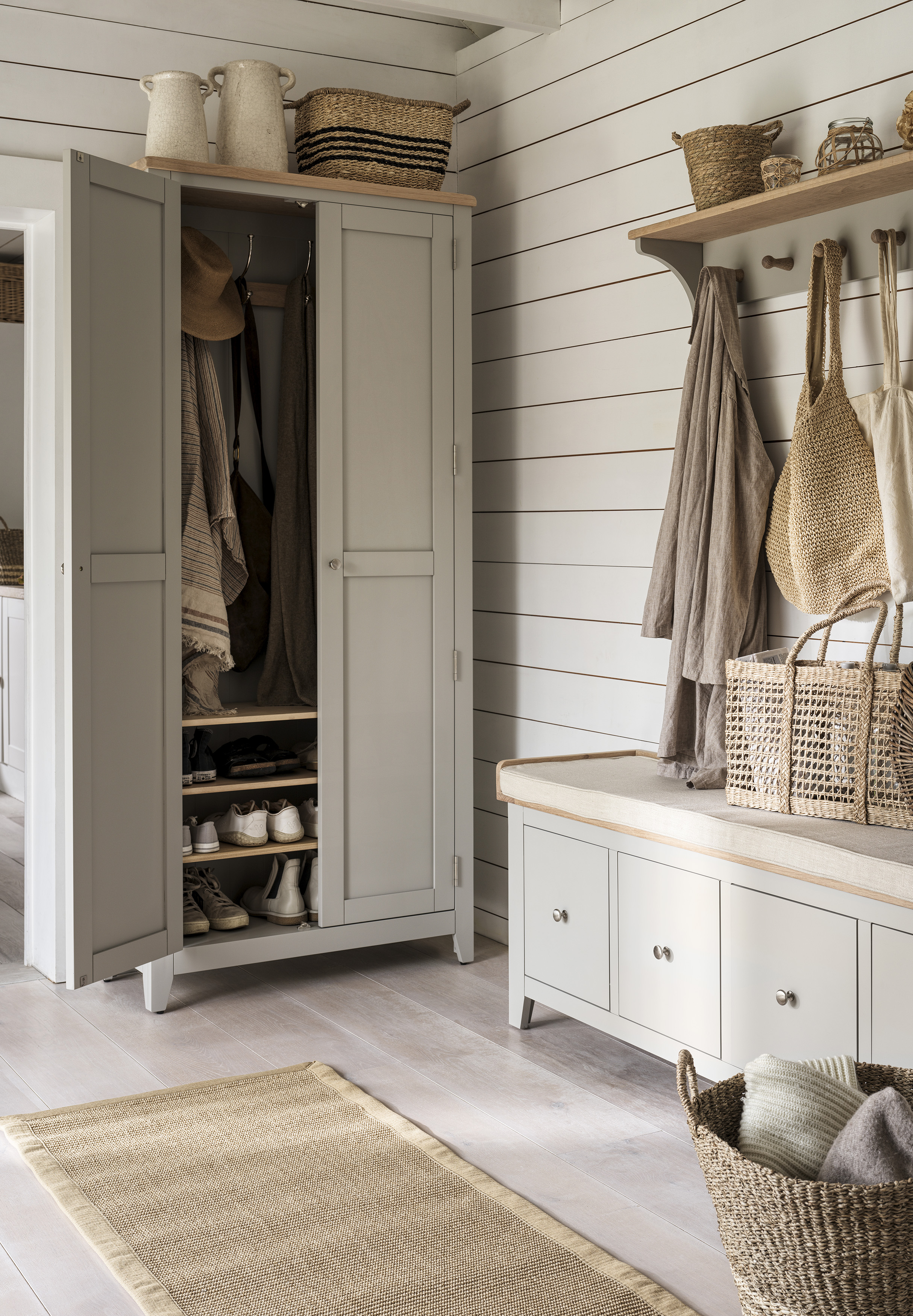
For a clutter-free entryway, Lauren Saltman adds, ‘Ask yourself, is there a spot for me to put my coat or is the coat rack full? Is there a place for me to leave my shoes so others won't trip over them? A mudroom or entryway is the first place your house guests see when coming into your home. Be sure it's a welcoming place with a spot for your guests coats, shoes, and handbags.’
Week 4 – Assess hobby clutter
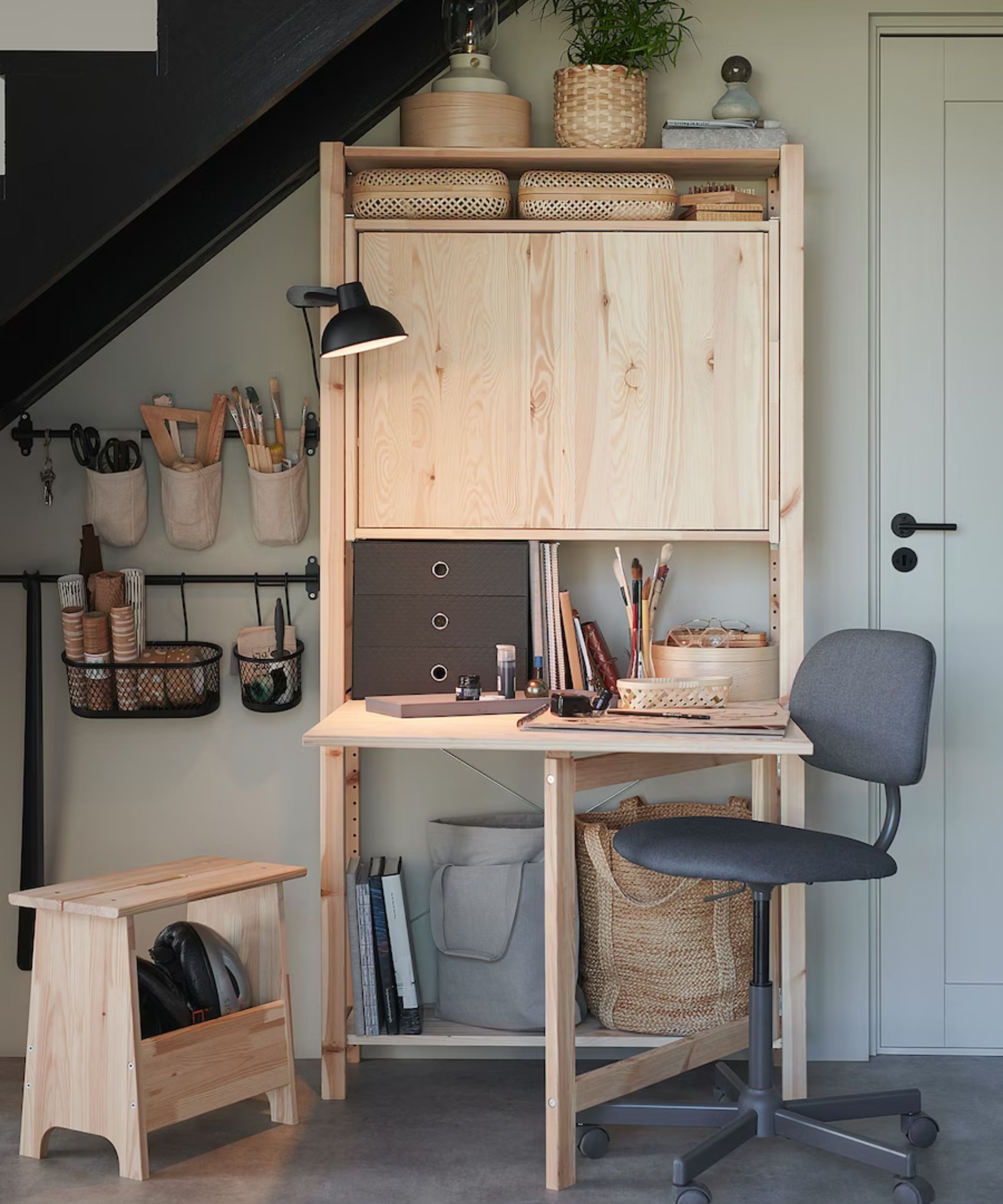
One of the biggest untouched clutter categories for many of us is our hobbies. Whether you are a serial hobby collector who has a new side project every week, or invest a lot of money into one particular project, there is always room to cut back with some decluttering tips for collectors and hoarders.
You might just find your hobby more fulfilling when you are not fighting through piles of clutter just to get started.
Kathy Cohoon, operations manager at Two Maids says, ‘For me, under-consumption is about simplifying. It’s using what you have, appreciating it, and not feeling the need to constantly add more. It might mean being a little more creative with what you already own. For example, like finding new ways to use things or repurposing items instead of just buying new ones. It’s about quality over quantity and really making the most of what’s in your home.’
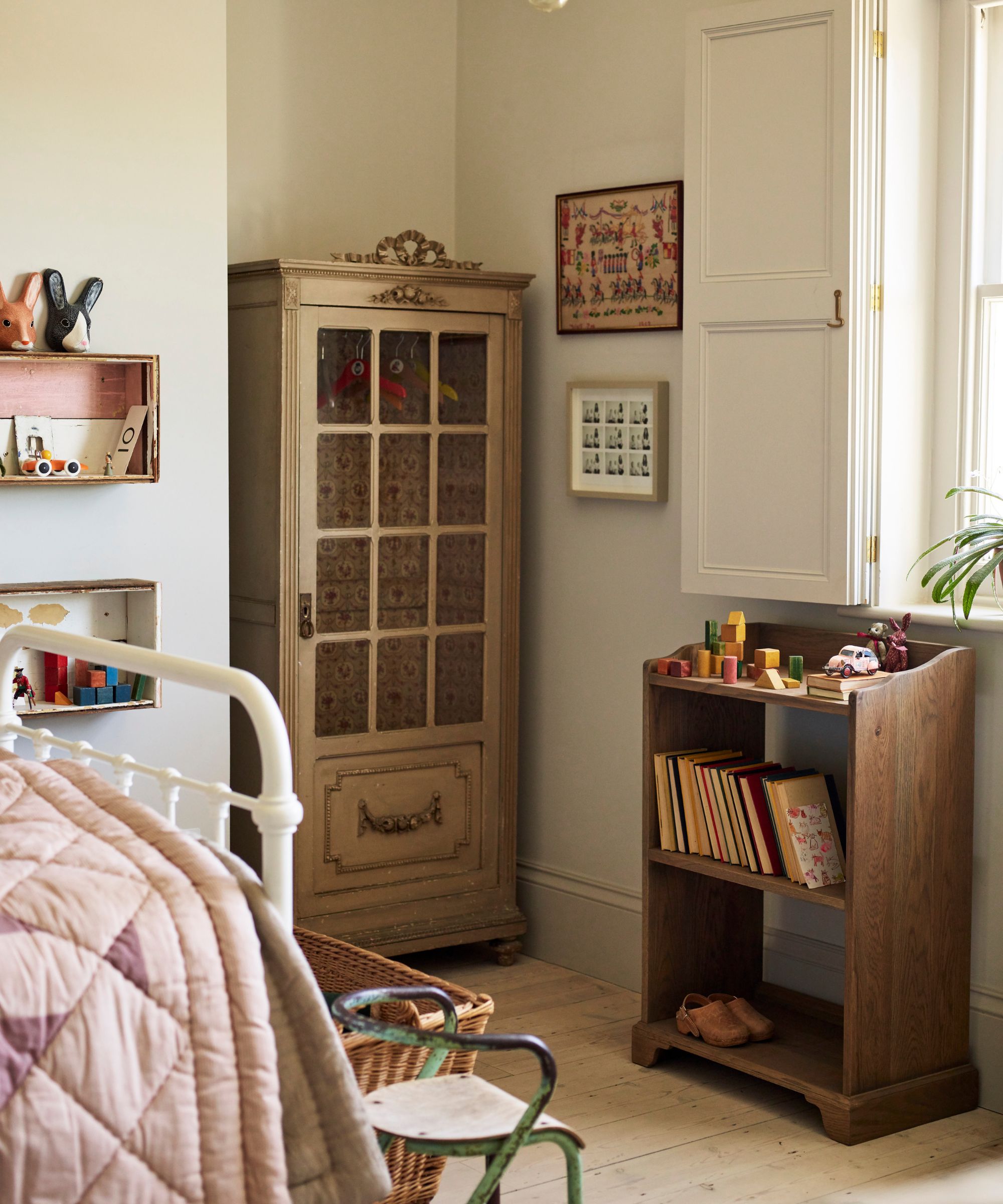
This is a great way to get children involved with the Lent decluttering challenge too, adds Liora Seltzer, professional organizer and founder of What U Keep.
She says, ‘If you think your kids can handle it, I suggest helping them declutter (or at least contain and organize) their toys and books, making their room and lay space more compatible to their interests.’
It can be hard to declutter toys when your children aren’t on board, but by giving them options, involving them in the process, and showing what good donating toys to others can do, it can really help encourage your family to declutter and stick with their new habits beyond Easter.
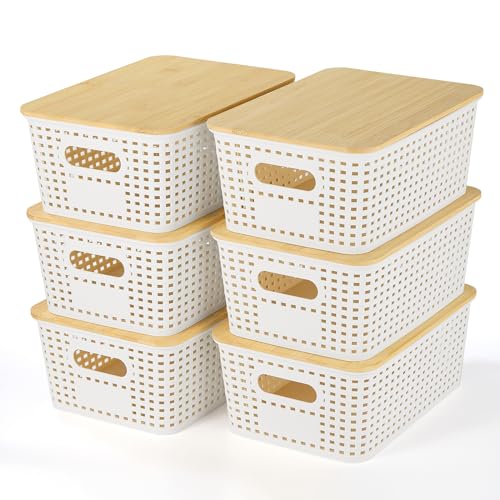
These stackable storage bins quickly organize small hobby essentials, with cutout handles to make moving items to your craft desk or cozy corner easier.

For those of us who do not have a dedicated hobby zone, under-bed storage can prove invaluable, offering an easy-to-access yet out-of-the-way storage option for all our essentials.

For larger hobby essentials such as sports equipment or large children's play sets, large plastic totes in garages, mudrooms, or attics can help keep items safe and in top condition.
Week 5 – Dig out digital clutter
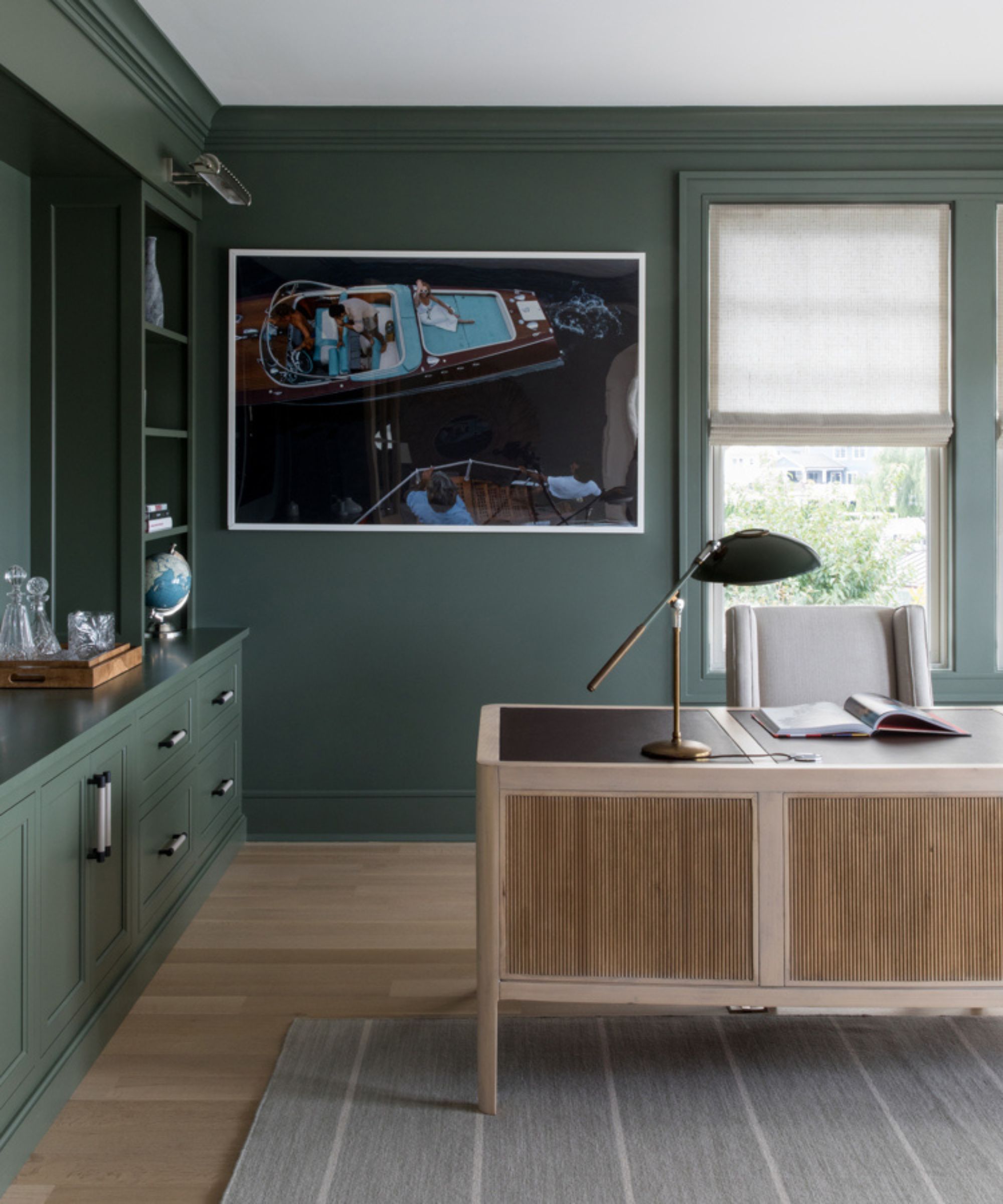
By week five, your home and your stress should be feeling a lot lighter. To finish off the decluttering weeks, spend some time working through one of the most forgotten about, yet most common types of clutter – digital clutter.
Barbara Brock, professional home organizer and home stager says, ‘Declutter your computer or cloud storage by organizing files into folders and deleting duplicates or unused files.’
Now is also a good time to clear out any bookmarked or saved items that you have in shopping baskets. To stop clutter before it starts and build better habits moving forward, consider moving aspirational items into a wishlist that you cannot see daily. Set a note in your calendar to assess this wishlist every six weeks or so and delete any of the items you forgot you added in the first place – the chances are you don't actually want or need them as much as you thought. It’s a fantastic mindfulness tip to keep your home tidy beyond Lent.
Week 6 – Clean
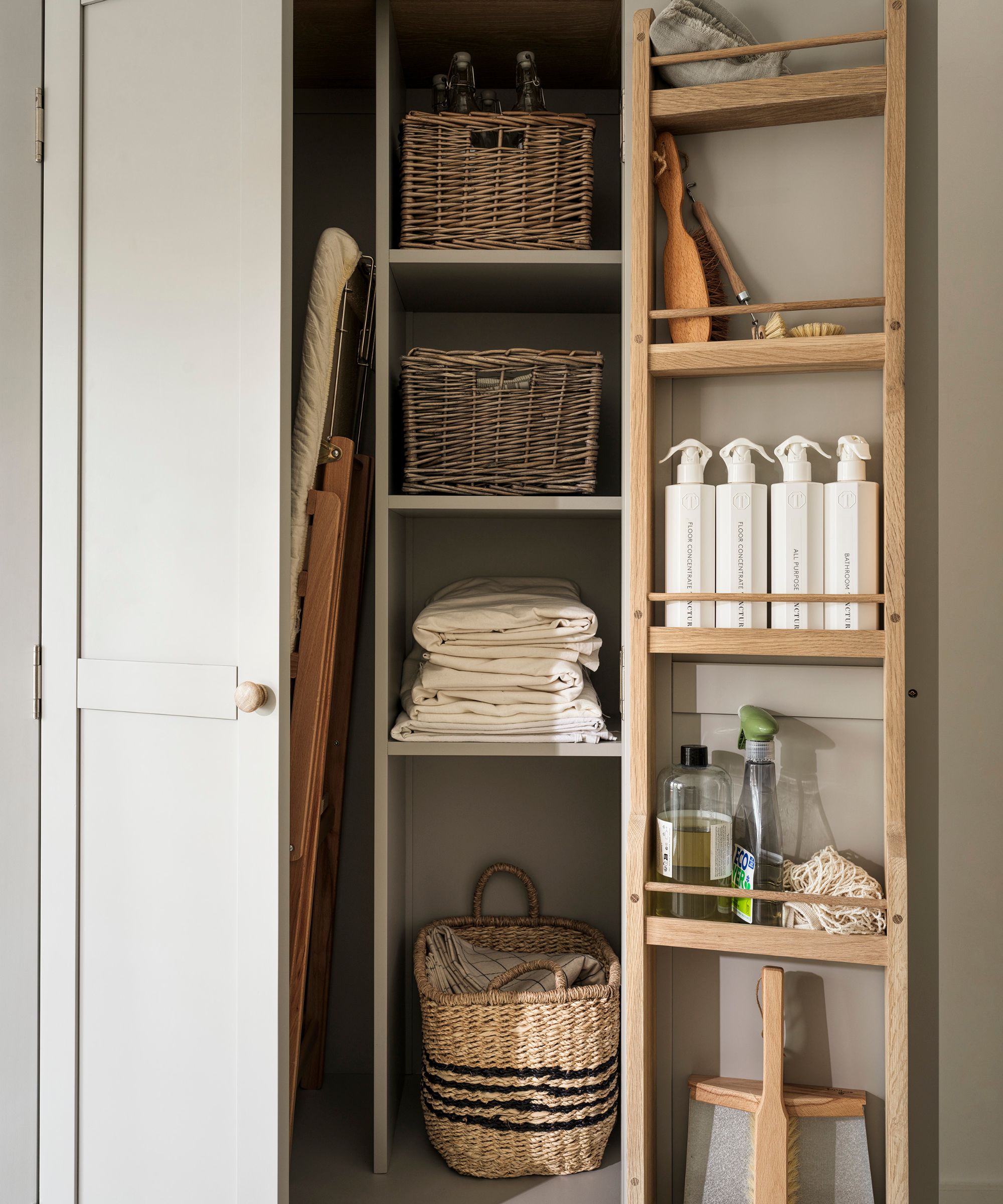
In the week before Easter, take your new space and make a start with your spring cleaning checklist, ready to welcome friends and family into your home to celebrate the end of Lent.
To spring clean without getting overwhelmed, focus on renewing and restoring high-traffic areas that you usually forget about, rather than trying to deep clean your whole house from top to bottom. With warmer, brighter weather, consider deep cleaning carpets, for example, while you can open doors and windows to aid with drying. Alternatively, clean windows to brush away winter grime and let more natural light into your home to improve mood and boost wellness.
Now is also the best time to put up Easter decorations such as Easter wreath ideas or making Easter baskets if you really want to spruce up your space for the season.
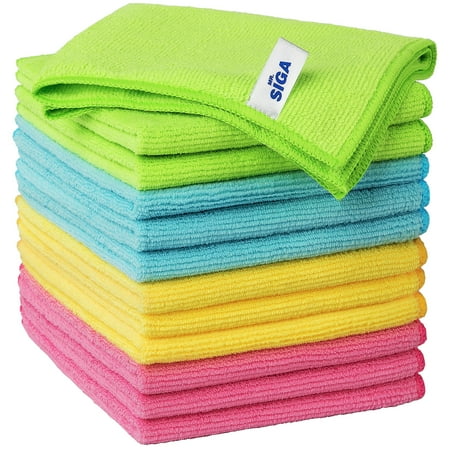
So long as you wash microfiber cloths correctly, they can last for years and are perfect for wiping counters, cleaning windows, dusting, and cleaning delicate decor.
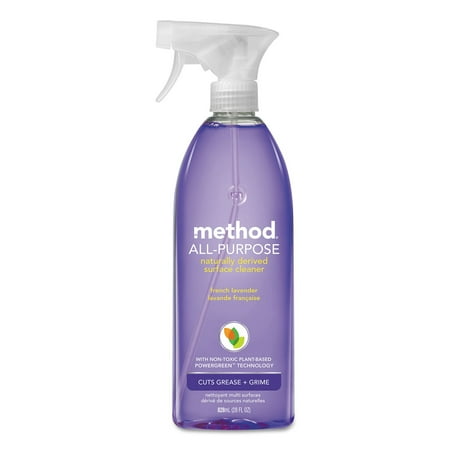
The Method cleaning products are made with a plant-based formula, helping you to cut down on harsh chemical use in your home without sacrificing on results.
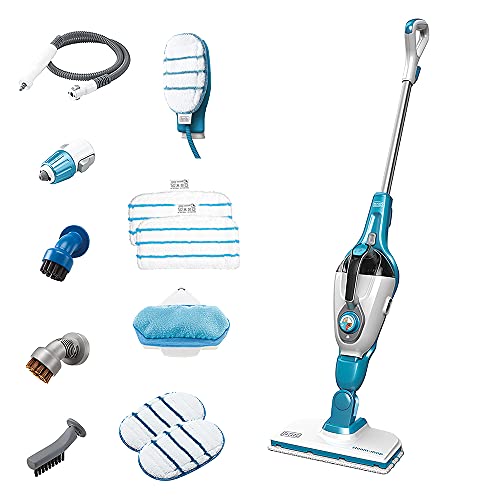
If you want to breeze through spring cleaning, I recommend investing in a steam mop. This steam cleaner comes with attachments to clean tiles and grout, hard and carpeted floors, ovens, counters, glass, and upholstery so you can clean a whole house with one tool.
Meet the experts
FAQs
What is the 40 days of Lent decluttering challenge?
If you are looking for a more intense decluttering approach for Lent, consider getting rid of 40 things over Lent – one item or collection or items every day (except Sundays, which you can take as a day off). This approach can be ideal if you do not have more time to dedicate to longer decluttering sessions in the week.
Place the items together in a basket to take to donation centers at the end of the 40 days to avoid taking multiple trips.
After decluttering during Lent and experiencing the benefits of a tidy home, you may find it helpful to adopt some habits of highly organized homeowners to maintain a space that supports both your health and well-being.





